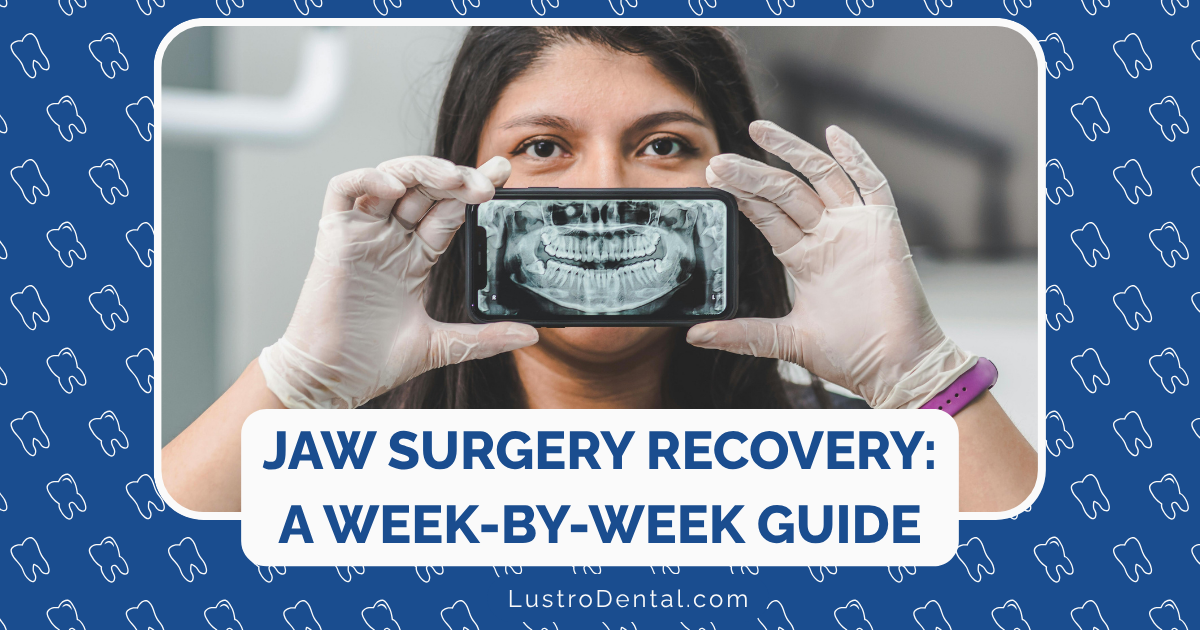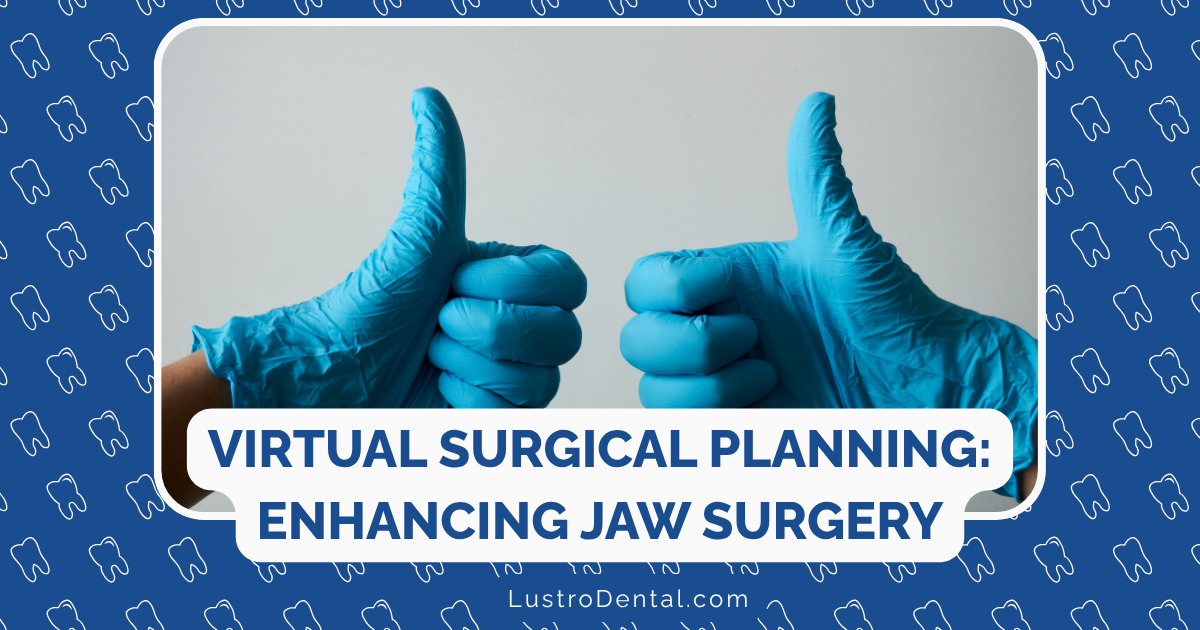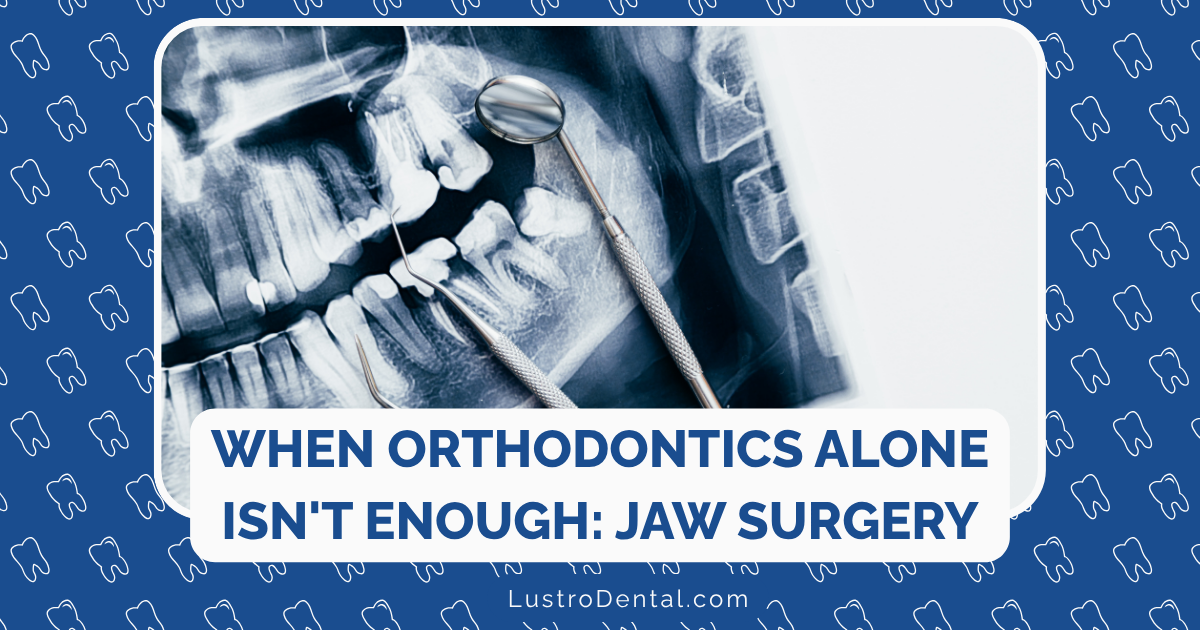It’s Never Too Late: Success Stories of Adult Orthodontic Patients Over 50

When Margaret first walked into my office, she was 62 years old and hesitant. “Aren’t I too old for braces?” she asked with a nervous laugh. “My grandkids are getting them next year, and I feel a bit silly even considering this at my age.”
This question—or some variation of it—is one I hear frequently from older adults. There’s a persistent myth that orthodontic treatment belongs exclusively to adolescence, that once you’ve passed a certain age, you’ve missed your window of opportunity.
Nothing could be further from the truth.
Today, I want to share some remarkable success stories of patients who decided to transform their smiles well into their golden years. Their journeys illustrate an important truth: when it comes to achieving the smile you’ve always wanted, age is just a number.
The Changing Face of Orthodontics
Before diving into these inspiring stories, it’s worth noting how dramatically the orthodontic landscape has changed. According to the American Association of Orthodontists, one in three orthodontic patients today is an adult. Recent data from 2025 shows that the number of patients over 50 seeking treatment has increased by nearly 40% in the last decade alone.
This surge isn’t happening by accident. Advances in orthodontic technology have made treatment more comfortable, discreet, and efficient than ever before. Options like clear aligners, ceramic braces, and accelerated treatment protocols have made orthodontics more appealing to adults who might have previously dismissed the idea.
Why Adults Over 50 Are Seeking Orthodontic Treatment
The motivations for seeking orthodontic treatment later in life are as diverse as the patients themselves:
- Long-deferred dreams: Many older adults wanted braces as teenagers but couldn’t afford them or didn’t have access to orthodontic care.
- Age-related dental shifts: Teeth naturally drift as we age, sometimes undoing previous orthodontic work or creating new alignment issues.
- Health concerns: Misaligned teeth can contribute to gum disease, uneven wear, and difficulty cleaning—all issues that become more critical as we age.
- Professional and social confidence: Many adults find that improving their smile enhances their confidence in both professional and personal settings.
- Complementing other dental work: Orthodontics often works hand-in-hand with restorative procedures like implants or crowns to achieve optimal results.
Now, let’s meet some remarkable individuals who decided it was never too late for their smile transformation.
Sharon’s Story: Finding Her Smile Again at 56
Sharon had been blessed with naturally straight teeth for most of her life. She never needed braces as a teenager and took pride in her smile. But around age 48, she noticed subtle changes.
“At first, it was just a slight overlap of my bottom teeth,” Sharon recalls. “I didn’t think much of it. But by 56, my teeth had shifted so dramatically that I stopped smiling in photos. I’d put my hand over my mouth when I laughed. It affected my confidence in ways I hadn’t anticipated.”
After researching her options, Sharon chose ceramic braces—less visible than traditional metal but more effective for her particular case than clear aligners.
The Treatment: Sharon’s orthodontist created a treatment plan that addressed her crowding issues while being mindful of her age-related dental concerns, including some gum recession. Her treatment lasted 22 months, slightly longer than average due to the more gradual approach taken to ensure her comfort and dental health.
The Results: “When my braces came off, I couldn’t stop smiling,” Sharon says. “Friends kept commenting that I looked younger, more vibrant. But the biggest change was how I felt about myself. I rediscovered a confidence I didn’t realize I’d lost.”
Health Benefits: Beyond aesthetics, Sharon’s properly aligned teeth became easier to clean, reducing her risk of gum disease—a significant concern for adults over 50. Her dentist noted improved gum health at her follow-up appointments.
Robert’s Story: Addressing a Lifetime of Dental Challenges at 68
Robert’s dental history was complicated. Years of grinding had worn down his teeth, and he’d lost two molars in his 40s, causing neighboring teeth to shift. By 68, he was experiencing jaw pain and difficulty chewing certain foods.
“I assumed these were just problems I’d have to live with at my age,” Robert explains. “When my dentist suggested orthodontics might help, I was skeptical. I pictured a mouth full of metal at family gatherings and cringed.”
The Treatment: Robert’s case required a collaborative approach between his orthodontist and prosthodontist. He opted for clear aligners, which worked well with his active lifestyle and allowed him to maintain professional appearances for his part-time consulting work. His treatment included space creation for a dental implant to replace one of his missing molars.
The Challenges: Robert’s treatment took 26 months—longer than initially estimated. “There were moments of frustration,” he admits. “But my orthodontist was upfront about the complexity of my case and kept me motivated by showing me digital scans of my progress.”
The Results: Not only did Robert’s appearance improve, but his functional issues were resolved as well. “The jaw pain I’d lived with for years disappeared. I can eat corn on the cob again! These might seem like small things, but they’ve significantly improved my quality of life.”
According to a 2025 study in the Journal of Geriatric Dentistry, addressing malocclusion in older adults can significantly reduce TMJ symptoms and improve chewing efficiency—benefits that directly impact nutrition and overall health.
Maria’s Story: Preparing for Her Daughter’s Wedding at 59
Maria had always been self-conscious about her smile. Her upper front teeth protruded noticeably, and she had gaps between several teeth. When her daughter announced her engagement, Maria made a decision.
“I wanted to look my best in those wedding photos—photos that would be treasured for generations,” Maria shares. “I didn’t want to be the mother of the bride who looked uncomfortable smiling.”
With 14 months until the wedding, Maria wondered if there was enough time. Her orthodontist recommended accelerated orthodontics to help meet her deadline.
The Treatment: Maria used a combination approach: clear aligners along with a vibration device called AcceleDent, which she used for 20 minutes daily to stimulate bone remodeling and accelerate tooth movement. Her orthodontist also performed minor interproximal reduction (selective enamel removal) to create space for alignment.
The Results: Maria completed her treatment in just 11 months—in plenty of time for the wedding. “When my daughter saw my new smile at the final dress fitting, she cried,” Maria recalls. “She told me she’d never seen me smile so confidently before.”
The Long-term Impact: Three years later, Maria maintains her results with a retainer and reports that her investment has paid dividends beyond aesthetics. “My oral hygiene is better because flossing is easier with properly aligned teeth. My dentist says my gum health has improved significantly.”
James’s Story: Addressing Health Concerns at 72
At 72, James wasn’t concerned about aesthetics. His motivation for seeking orthodontic treatment was purely health-driven. After being diagnosed with moderate periodontal disease, his periodontist recommended orthodontics as part of his treatment plan.
“My lower front teeth were severely crowded, making it impossible to clean between them properly,” James explains. “My periodontist said that if I wanted to keep my natural teeth into my 80s, I needed to address the crowding.”
The Treatment: Given James’s periodontal issues, his treatment required close collaboration between his orthodontist and periodontist. He opted for lingual braces—attached to the back of his teeth—to address his crowding while remaining invisible to others.
The Challenges: “The first two weeks with lingual braces were tough,” James admits. “My speech was affected, and my tongue was irritated. But I adjusted more quickly than I expected, and the discomfort became minimal.”
James’s treatment progressed more slowly than typical cases due to his periodontal concerns, with his orthodontist using lighter forces to move his teeth. His total treatment time was 30 months.
The Results: “My periodontist is thrilled with the results,” James reports. “My last few check-ups have shown significant improvement in my gum health. The pockets around my lower front teeth have reduced from 5mm to 2mm in most places.”
According to the American Academy of Periodontology, properly aligned teeth are easier to clean, reducing the risk of periodontal disease—the leading cause of tooth loss in older adults. For James, orthodontic treatment wasn’t about vanity; it was about preserving his natural teeth for years to come.
Diane’s Story: Correcting a Lifetime Insecurity at 65
Diane had lived with a significant gap between her front teeth her entire life. “In my generation and socioeconomic background, orthodontics wasn’t an option for most families,” she explains. “I learned to live with my gap, but I never liked it.”
After retiring at 65, Diane decided it was finally her time. “I’d spent decades caring for others—raising children, supporting my husband’s career, looking after aging parents. With all those responsibilities behind me, I decided to do something just for me.”
The Treatment: Diane’s case was relatively straightforward. She chose clear aligners for their discretion and convenience. “At my age, I didn’t want to explain to everyone why I suddenly had braces,” she says with a laugh.
Her treatment was completed in just 7 months—faster than she anticipated. “Because my only issue was the diastema (gap), and I wasn’t concerned with perfecting my bite, my treatment was quite focused,” she explains.
The Results: “The first time I saw myself without that gap, I cried,” Diane shares. “I had no idea how much mental energy I’d spent being self-conscious about my smile until that weight was lifted. My only regret is not doing it sooner.”
The Psychological Impact: Diane’s experience aligns with research published in the Journal of Clinical Psychology in 2025, which found that aesthetic dental improvements in older adults correlated with significant increases in measures of self-esteem and social engagement—regardless of whether the individuals had previously reported being bothered by their dental appearance.
Modern Options Making Treatment Easier for Older Adults
These success stories highlight how modern orthodontic options have made treatment more accessible and comfortable for adults over 50:
Clear Aligners
Systems like Invisalign and similar products offer nearly invisible treatment. Removable aligners make it easier to maintain oral hygiene—a crucial consideration for older adults who may be more susceptible to gum disease.
Ceramic Braces
These work like traditional braces but blend with the natural tooth color, making them less noticeable. They’re often recommended for more complex cases where clear aligners might not be sufficient.
Lingual Braces
Attached to the back of the teeth, these braces are completely hidden from view—an appealing option for professionals and those concerned about appearance during treatment.
Accelerated Orthodontics
Technologies like AcceleDent and procedures like micro-osteoperforation can reduce treatment time by up to 50%, making the process more manageable for older adults.
Digital Monitoring
Many orthodontists now offer remote monitoring options, reducing the number of in-office visits required—a convenience that many busy adults appreciate.
Special Considerations for Orthodontic Treatment After 50
While these success stories demonstrate that age isn’t a barrier to orthodontic treatment, there are some special considerations for older adults:
Bone Density
As we age, bone density decreases and teeth may move more slowly. This might extend treatment time compared to younger patients.
Existing Dental Work
Many older adults have crowns, bridges, or implants that must be worked around during orthodontic treatment. This requires careful planning and sometimes collaboration between specialists.
Gum Health
Periodontal (gum) disease is more common in older adults and must be controlled before and during orthodontic treatment. Your orthodontist will likely work closely with your dentist or periodontist.
Medical Conditions
Certain medications and health conditions common in older adults may affect orthodontic treatment. It’s essential to provide your orthodontist with a complete medical history.
Is Orthodontic Treatment Right for You?
If you’re over 50 and considering orthodontic treatment, ask yourself:
- What are my goals? Are you seeking aesthetic improvements, functional benefits, or both?
- What is my oral health status? Existing issues like gum disease need to be addressed before orthodontic treatment begins.
- Am I prepared for the commitment? Treatment typically ranges from 6 months to 3 years, depending on complexity.
- What are my financial considerations? While many dental insurance plans don’t cover adult orthodontics, flexible spending accounts, payment plans, and financing options can make treatment more affordable.
The Bottom Line: Age Is Just a Number
The success stories of Sharon, Robert, Maria, James, and Diane demonstrate that orthodontic treatment can be successful—and life-changing—at any age. According to the American Association of Orthodontists, the physiological process that moves teeth through bone is the same whether you’re 16 or 60.
As one of my patients beautifully put it: “Your smile is something you wear every day. It’s never too late to invest in it.”
If you’ve been considering orthodontic treatment but thought you were “too old,” I hope these stories inspire you to reconsider. The best time to begin your smile transformation isn’t twenty years ago—it’s today.
Have you undergone orthodontic treatment later in life, or are you considering it? I’d love to hear your thoughts and questions in the comments below.







